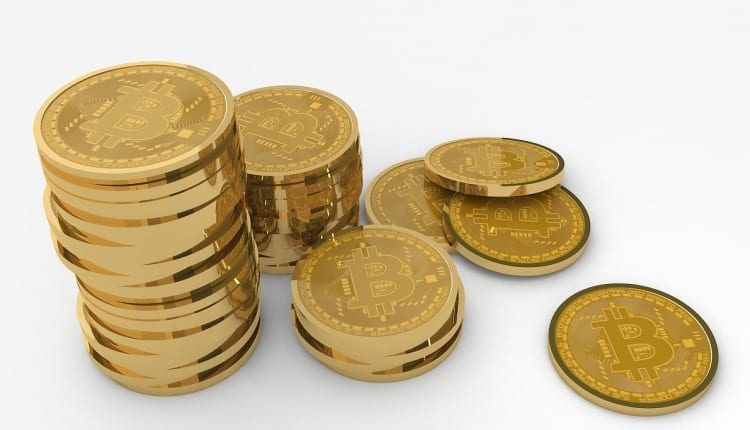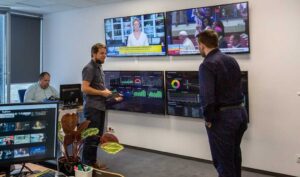For Dan Schatt and Domenic Carosa of Earnity, Web3 is the Talk of the Town
2 min read
Dan Schatt and Domenic Carosa, the co-founders of Earnity, believe that Web3 is anchored on the principle of providing a decentralized internet founded on blockchain technology. Instead of being run by the government and big tech companies, Web3 is managed by users who own a piece of the internet.
To further understand Web3.0, it’s best to acknowledge its predecessors. Web1 is the primary version of the internet, a one-way street that allowed for opensource protocols yet prevented interaction from audiences. Web2 is managed by big tech companies such as Google, Facebook, and YouTube and gave way to social media, thanks to its interactive nature. Web3 was first mentioned in 2014 by one of the founders of Ethereum cryptocurrency. It has since then become an all-encompassing term for anything about the next generation of the internet and it being a decentralized digital platform.
Web3 as an internet version does not require users to provide their personal information to big tech companies to use their services. The web would now be founded on blockchain technology and artificial intelligence, having every bit of information published on blockchain’s public ledger. Much like the operation of cryptocurrencies, Web3 internet requires everything to be authenticated by the network before being accepted. In theory, online apps would let people exchange information and transact without any sort of intermediary. In addition, web3 would be permissionless, allowing individuals to use it without getting permission from providers or creating access credentials.
Dan Schatt and Domenic Carosa of Earnity explain that payment systems can take advantage of the decentralized internet as users who are not given permission to open bank accounts or are inhibited from receiving certain financial services could use peer-to-peer payment apps that run on blockchain technology. It must be noted that for a transaction to be finalized, it would require verification from the network, and only then would it be coded into the blockchain’s digital ledger.





